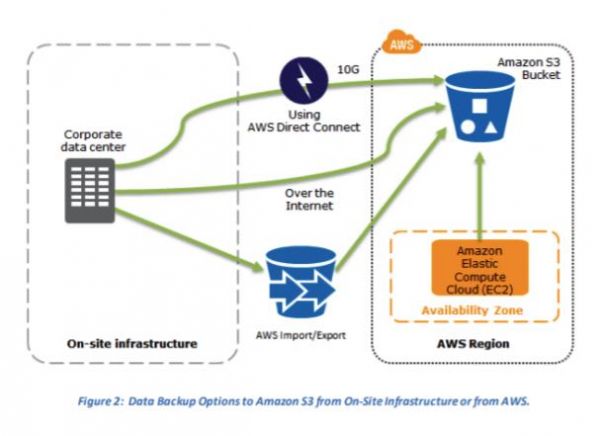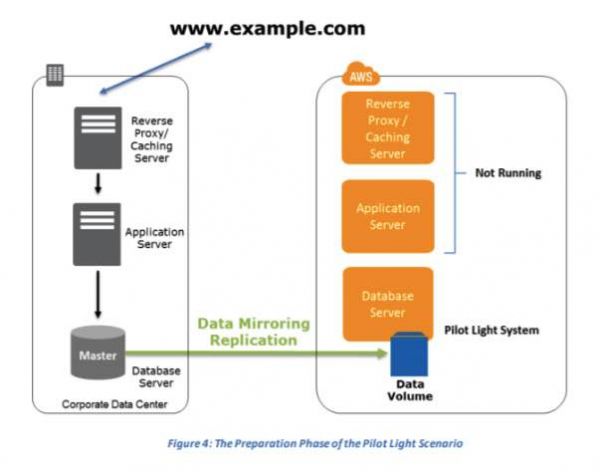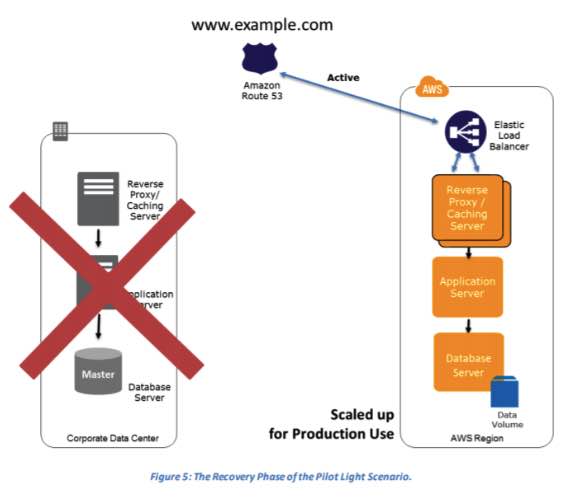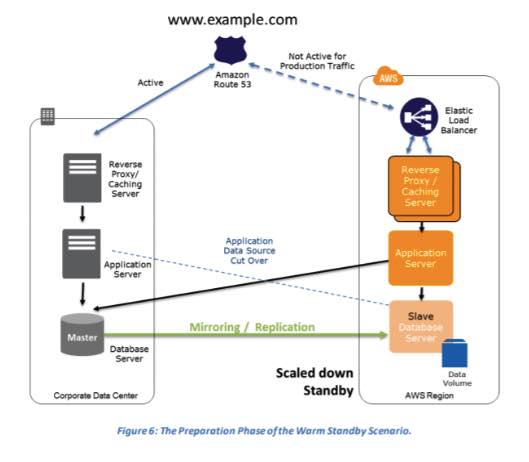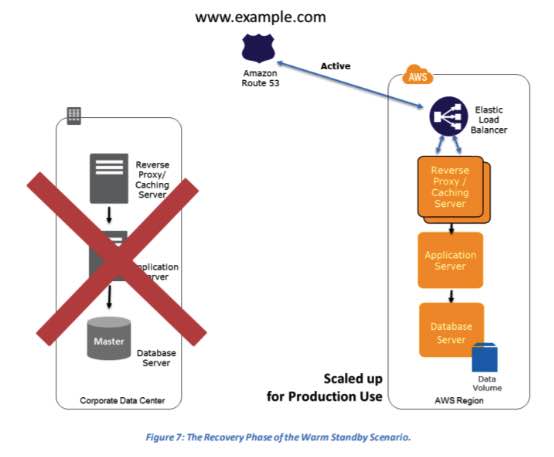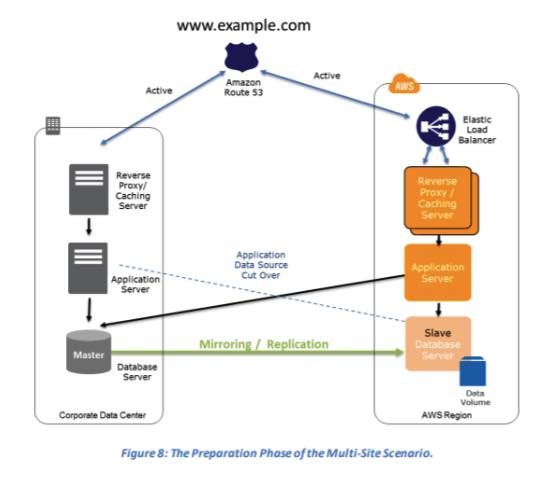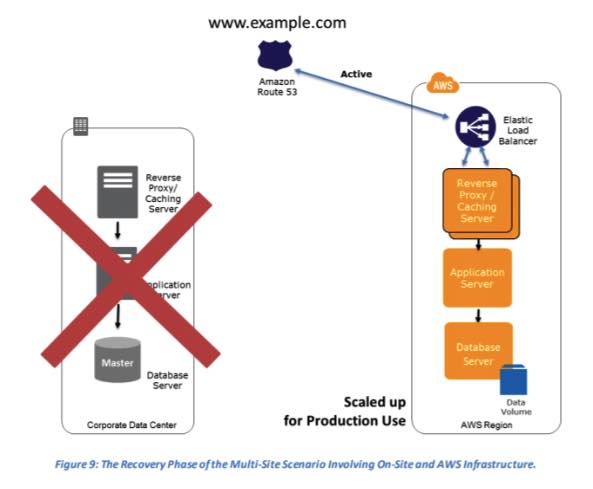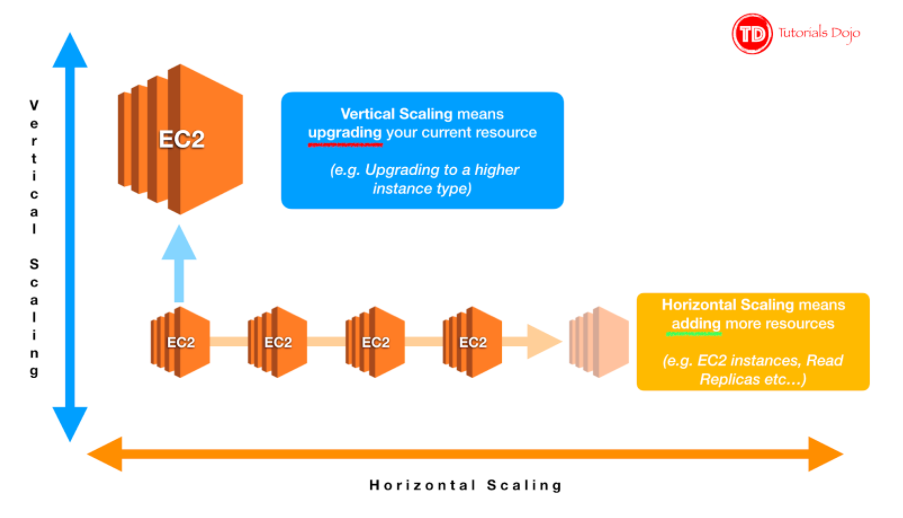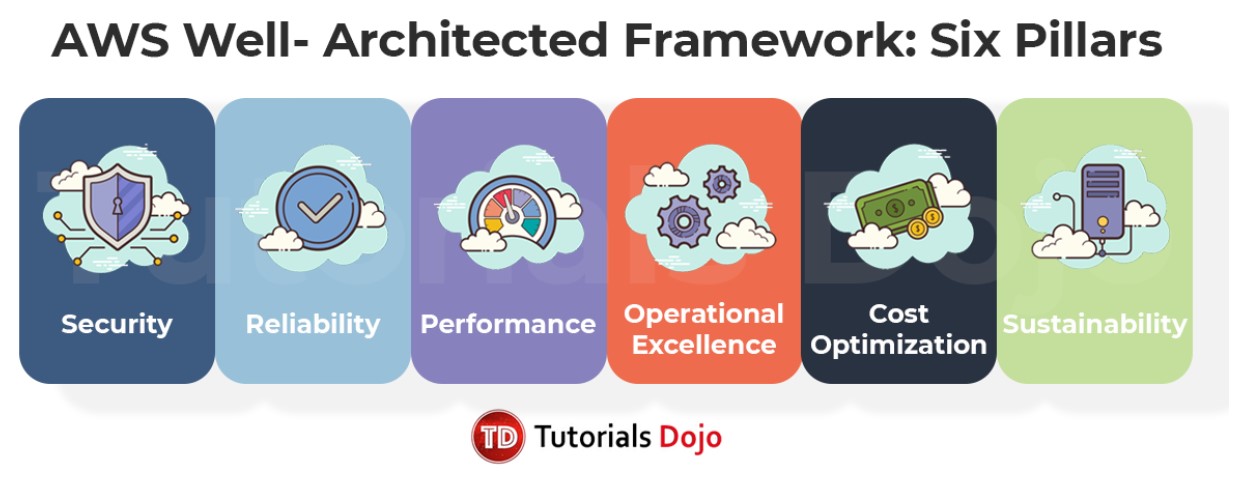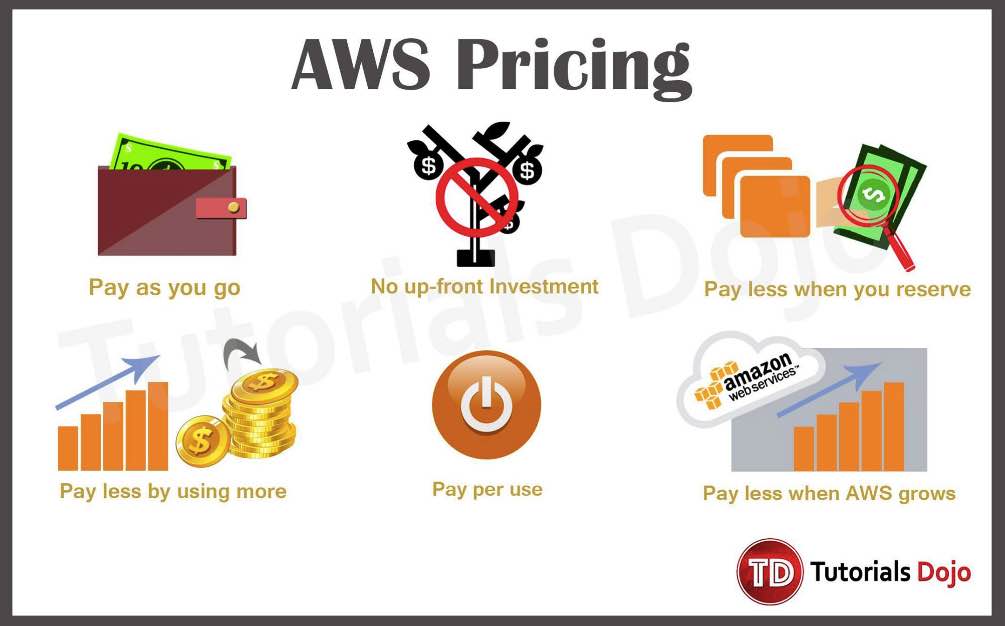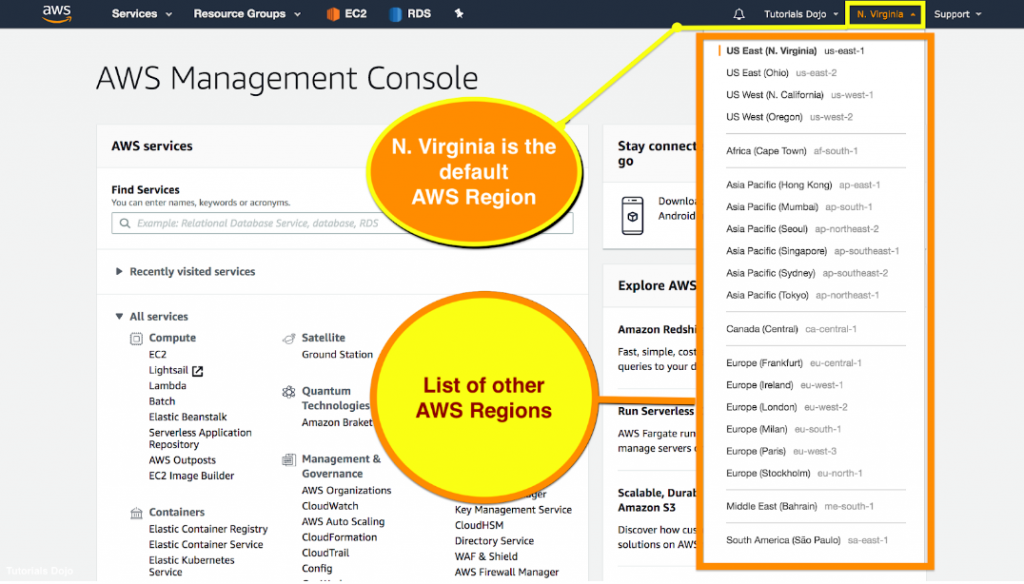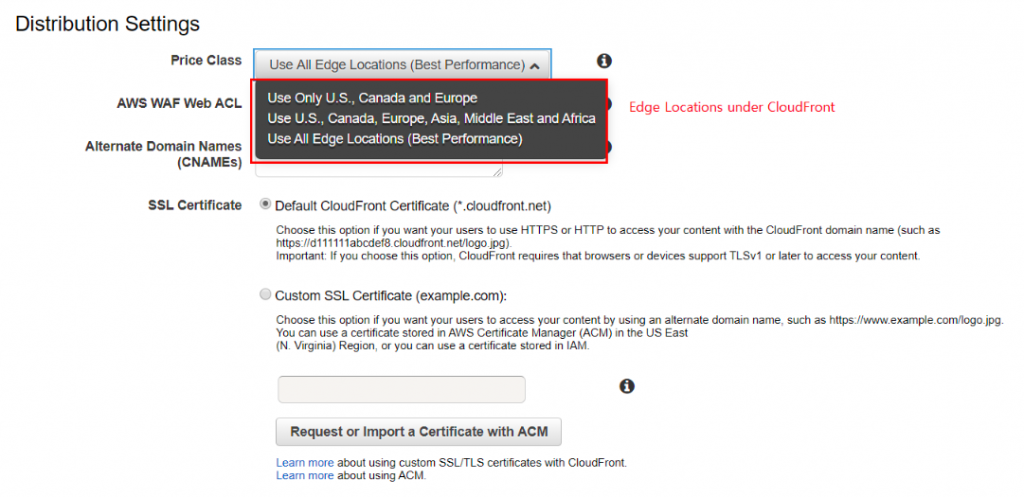With hundreds of services and features, AWS provides a combination of various tools, technologies, programs and human resources to proactively help their customers. AWS offers various support plans that customers can choose from based on their needs.
AWS has 5 different Support Plans:
- Basic
- Developer
- Business
- Enterprise On-Ramp
- Enterprise
The Basic Support plan is already available to all AWS customers by default and is free of charge. It also offers support for account and billing questions including requests for service limit increases. This AWS Support type includes the following:
- Customer Service & Communities – You have 24×7 access to customer service, AWS documentation, whitepapers, and support forums.
- AWS Trusted Advisor – This provides guidance on how to properly provision your AWS resources based on the best practices to further increase performance and improve the overall security of your cloud architecture. You are only provided access to the 7 core Trusted Advisor checks.
- AWS Personal Health Dashboard – This is a personalized view of the health status of each AWS service that you currently have. It also provides an alert when your resources are impacted by an AWS-initiated activity.
A Technical Account Manager (TAM) is a technical point of contact who provides advocacy and guidance to assist you in planning and building solutions in AWS using industry best practices. This person proactively coordinates and liaises your concerns to subject matter experts and product teams to ensure that your AWS environment operates optimally.
Take note that a designated TAM is only available if you opt for the AWS Enterprise Support plan.
Comparison of AWS Support Plans
DEVELOPER | BUSINESS | ENTERPRISE ON-RAMP | ENTERPRISE | |
Use Case | Recommended if you are experimenting or testing in AWS | Recommended if you have production workloads in AWS |
Recommended if you have business and/or mission critical workloads in AWS | |
AWS Trusted Advisor Best Practice Checks | Service quota and security checks | Full set of checks | ||
Architectural Guidance | General | Contextual to your use-cases | Consultative review and guidance based on your applications | |
Technical Account Management | X | X | A pool of Technical Account Managers to provide proactive guidance, and coordinate access to programs. | Designated Technical Account Manager (TAM) to proactively monitor your environment and assist with optimization. |
Training | X | X | X | Access to online self-paced labs |
Account Assistance | X | X | Concierge Support Team | |
Enhanced Technical Support | Business hours’ ‘ email access to Cloud Support Associates, Unlimited cases / 1 primary contact Prioritized responses on AWS re:Post | 24×7 phone, email, and chat access to Cloud Support Engineers Unlimited cases / unlimited contacts (IAM supported) Prioritized responses on AWS re:Post | ||
Programmatic Case Management | X | AWS Support API | ||
Third-Party Software Support | X | Interoperability & configuration guidance and troubleshooting | ||
Proactive Programs | Access to Support Automation Workflows with prefixes AWSSupport. | Access to Infrastructure Event Management for additional fee. Access to Support Automation Workflows with prefixes AWSSupport. | Infrastructure Event Management (one-per-year) Access to Support Automation Workflows with prefixes AWSSupport and AWSPremiumSupport.
| Infrastructure Event Management Access to proactive reviews, workshops, and deep dives. Access to Support Automation Workflows with prefixes AWSSupport and AWSPremiumSupport. |
Customers with an Enterprise support plan are eligible for additional services that are not available in the Developer or Business plans. Aside from having a designated Technical Account Manager, you will also have the following benefits if you opt for an Enterprise-level support in AWS:
- Infrastructure Event Management
- Architecture Support
- White-glove case routing
- Management business reviews
- Concierge Support Team
Technical Support Response Times
DEVELOPER | BUSINESS | ENTERPRISE ON-RAMP | ENTERPRISE | |
Case Severity / Response Times* | General guidance: < 24 business hours** | General guidance: < 24 hours | General guidance: < 24 hours | |
System impaired: < 12 business hours** | System impaired: < 12 hours | System impaired: < 12 hours | ||
Production system impaired: < 4 hours | Production system impaired: < 4 hours | |||
Production system down: < 1 hour | Production system down: < 1 hour | |||
Business-critical system down: < 30 minutes | Business-critical system down: < 15 minutes | |||
You can also choose a type of AWS Support Plan based on your production workload. If you are only experimenting, testing or doing a Proof of Concept (POC) in AWS, it is recommended that you choose the Developer plan. If you have production workloads running in AWS, it is suitable to opt for the Business plan. Lastly, if you have mission-critical workloads, it is better to stick with an Enterprise plan because it provides the most efficient response times to support your systems.
With its Enhanced Technical Support, the Enterprise Support plan provides you with 24×7 access to the AWS Cloud Support Engineers via phone, chat, and email. You can also have an unlimited number of contacts that can open an unlimited amount of cases. AWS also provides you with a response time of less than 15 minutes in the event that your business-critical systems go down.

